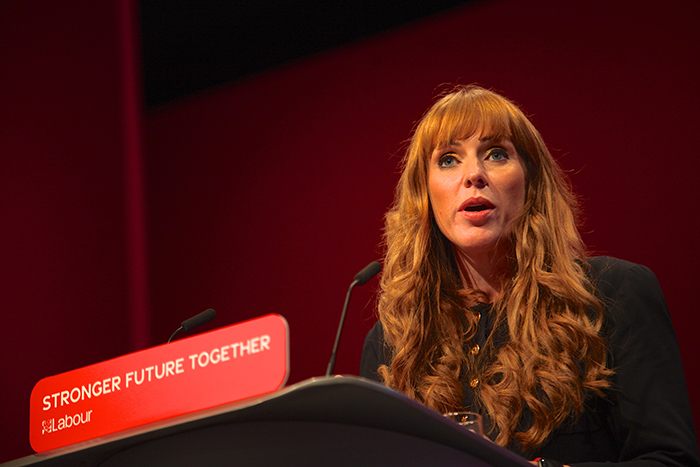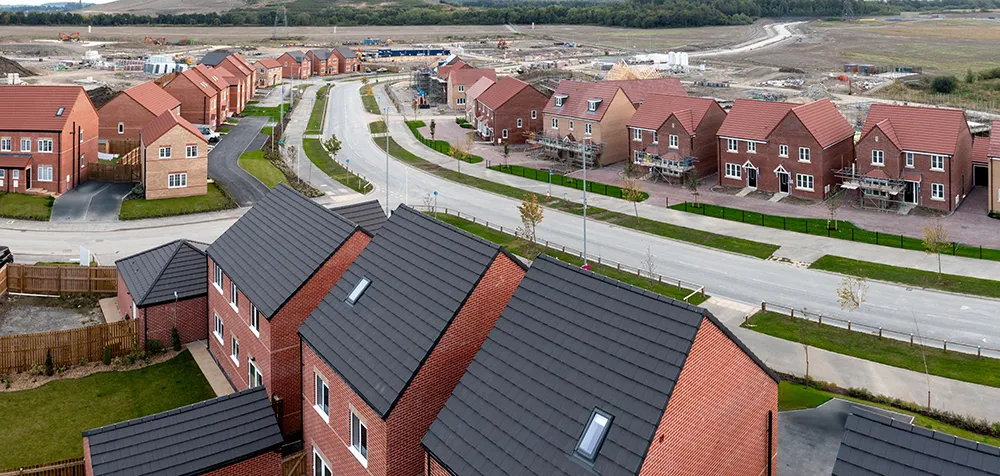
Angela Rayner has unveiled “an overhaul” of the English planning system in order to deliver the new government’s target of building 1.5 million homes over five years.
The Ministry of Housing, Communities and Local Government will update the National Planning Policy Framework and bring back mandatory targets for housebuilding in England.
The government plans to build 370,000 new homes a year. The last Conservative government set a target of building 300,000 homes a year by the mid-2020s, which it failed to meet.
All local authorities must have up-to-date local housing plans, the Deputy Prime Minister told MPs, adding that just a third of councils have plans that are under five years old, which accurately reflect current housing needs.
Housing targets
The department adds: “If local authorities can’t meet their housing targets, they will need to look to brownfield land in the green belt and their grey belt, prioritising land near stations and existing settlements.”
It says that green belt development will be “held to higher standards” with new ‘golden rules’, which include that half of the homes built on these sites must be affordable, should have access to green spaces and have adequate infrastructure, such as schools and doctor’s surgeries.
The government says building new homes is a key feature to boosting the country’s economic growth.
Rayner has written to every council leader and chief executive in England to make clear that there is “not just a professional responsibility but a moral obligation to see more homes built.”
First port of call
The Deputy Prime Minister adds: “The first port of call for development will be brownfield land. Reforms announced today will make explicit that the default answer to brownfield development should be ‘yes’ and promote homebuilding at greater densities in urban centres, like towns and cities.
“To help deliver 1.5 million homes over the next five years, councils will have to review their green belt land if needed to meet their own target, identifying and prioritising ‘grey belt’ land.
“This includes land on the edge of existing settlements or roads, as well as old petrol stations and car parks.”
The department will publish its National Planning Policy Framework revisions “before the end of the year”.
Signal of intent
Together director Chris Baguley says: “Whether the Deputy Prime Minister will be able to meet ambitious house-building targets of 370,000 new homes a year – including across green and grey belt areas — as authorities can still push back against development despite mandatory targets — may continue to be an area of contention.
“Overhauling the National Planning Policy Framework to unblock long-awaited building plans is welcome and the definition of low-quality grey belt land and where it is due to come later today — half of which is pinned for social housing — will be hotly anticipated.”
British Property Federation chief executive Melaine Leech adds: “These measures send a clear signal of intent to deliver more homes. We need a multi-tenure approach to tackle the chronic housing supply shortage which sees social and affordable housing, homes for sale, and build-to-rent firing on all cylinders.
“We are therefore particularly pleased to see that as part of the draft revised National Planning Policy Framework, government will double down on encouraging every part of the housing sector to play their full role in building the homes we need.”
Royal Institute of Chartered Surveyors chief executive Justin Young points out: “We have been calling for a greenbelt review, and applaud the introduction of clear, golden rules for grey belt.
“The proposed system of brown, grey, then green, should protect community spaces and secure needed but not unnecessary development.”



